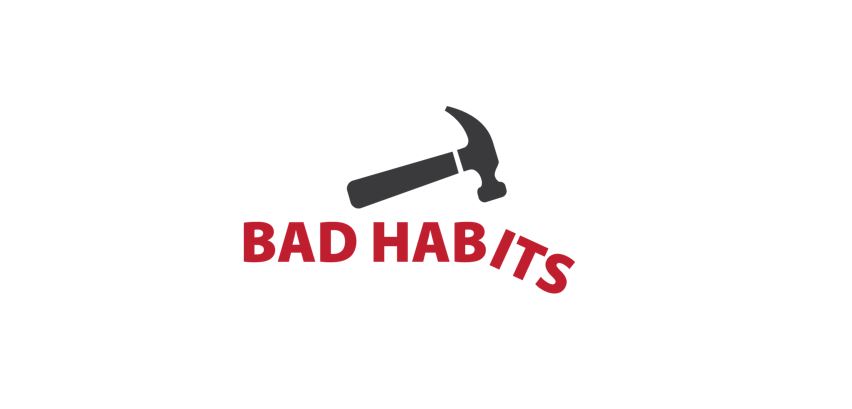Four Ways Your Employees Are Putting Your Business at Risk of Cyberattacks
Your employees are instrumental when it comes to protecting your business from cyberthreats. But they can also become targets for hackers and cybercriminals, and they might not know it. Here are four ways your employees might be endangering your business and themselves—and what you can do about it.
Surf the Net Safely
1. They’re Not Practicing Safe and Secure Web Browsing. One of the most basic rules of the Internet is to not click on anything that looks suspicious. These days, however, it can be harder to tell what’s safe and what isn’t.
A good rule of thumb is to avoid websites that do not have “https” in front of their web address. The “s” tells you it’s secure—https stands for Hypertext Transfer Protocol Secure. If all you see is “http”—no “s”—then you should not trust putting your data on that website, as you don’t know where your data might end up.
Another way to practice safe web browsing is to avoid clicking on ads or by using an ad blocker, such as uBlock Origin (a popular ad blocker for Google Chrome and Mozilla Firefox). Hackers can use ad networks to install malware on a user’s computer and network.
Strong Passwords Are Key
2. They’re Not Using Strong Passwords. This is one of the worst IT security habits out there. It’s too easy for employees to use simple passwords or to reuse the same password over and over again or to use one password for everything. Or, worse yet, all of the above.
Cybercriminals love it when people get lazy with their passwords. If you use the same password over and over, and that password is stolen in a data breach (unbeknownst to you), it becomes super easy for cybercriminals to access virtually any app or account tied to that password.
To avoid this, your employees must use strong passwords, change passwords every 60 to 90 days, and not reuse old passwords. It might sound tedious, especially if they rely on multiple passwords, but when it comes to the IT security of your business, it’s worth it. One more thing: the “tedious” argument really doesn’t hold much water either, thanks to password managers like LastPass and Password that make it easy to create new passwords and manage them across all apps and accounts.
Stick to Secure Networks
3. They’re Not Using Secure Connections. This is especially relevant for remote workers, but it’s something every employee should be aware of. You can find Wi‑Fi virtually everywhere, and it makes connecting to the Internet very easy. A little too easy. When you can connect to an unverified network at the click of a button, it should raise eyebrows.
And unless your employee is using company-issued hardware, you have no idea what their endpoint security situation is. It’s one risk after another, and it’s all unnecessary. The best policy is to prohibit employees from connecting to unsecured networks (like public Wi‑Fi) with company property.
Instead, they should stick to secure networks that then connect via VPN. This is on top of the endpoint security that should be installed on every device that connects to your company’s network: malware protection, antivirus, antispyware, anti-ransomware, firewalls, you name it! You want to put up as many gates between your business interests and the outside digital world as you can.
Education is a Powerful Tool
4. They’re Not Aware of Current Threats. How educated is your team about today’s cybersecurity threats? If you don’t know, or you know the answer isn’t a good one, it’s time for a change. One of the biggest threats to your business is a workforce that doesn’t know what a phishing email looks like or doesn’t know who to call when something goes wrong on the IT side of things.
If an employee opens an email they shouldn’t or clicks a “bad” link, it can compromise your entire business. You could end up the victim of data breach. Or a hacker might decide to hold your data hostage until you pay up. This happens every day to businesses around the world—and hackers are relentless. They will use your own employees against you, if given the chance.
Your best move is to get your team trained and educated about current threats facing your business. Working with a managed service provider or partnering with an IT services firm is an excellent way to accomplish this and to avoid everything we’ve talked about in this article. Education is a powerful tool and, when used right, it can protect your business and your employees.
Avoid Cyberattacks! Click here to learn how IT Radix can help develop and deliver employee cybersecurity training and testing with the specific goals of your company in mind.
First published in our April 2022 IT Radix Resource newsletter


